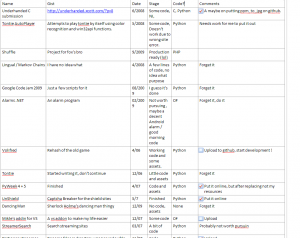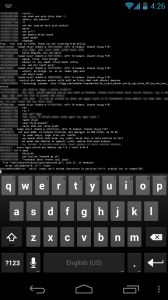Today’s blog post will introduce another series in this blog – “Practical Programming”. This series will be about developing software in the real word and about subjects that you won’t usually see in computer science curriculums.
What do I know?
Well to be honest – not much. I started a degree in high school but basically flunked out by the third semester, and never continued it. I’ve had a few professional courses in programming, but most of my knowledge and experience comes from on the job training, side projects (see my “Reflections” series), the internet and other unofficial channels over about 7 years of employment as a developer. I’ll also concede that 7 years is basically nothing, and I’m at least 3 years from even starting to master the field. So why the hell am I even qualified to write about it? Very simple – it’s my party, and I’ll write about what I want to.
Seriously though – it’s up to you to decide whether I am making sense and whether to learn from or discard what I write, or even better – start a discussion and give me your opinions.
Why is that important?
Programming the science is pretty different from programming the craft. To be successful at the craft you need way more than a mastery of a particular programming language or platform. Some general skills like teamwork are a must but also understanding project management concepts and methodologies (waterfall and agile for example), quality assurance concepts and a few other essential skills. The sad fact is that being a “rockstar” (eww) programmer is dependent more on one’s ability to ship software than on one’s skills with C.
This series will talk about the skills you need to ship software.
Some of the topics I already lined up for this series are:
- Technical Debt
- Continuous Integration
- Python’s “There should only be one obvious way to do it”
- Time Estimations
Hopefully you’ll find this series interesting and informative, and you’ll become a better developer because of it.

